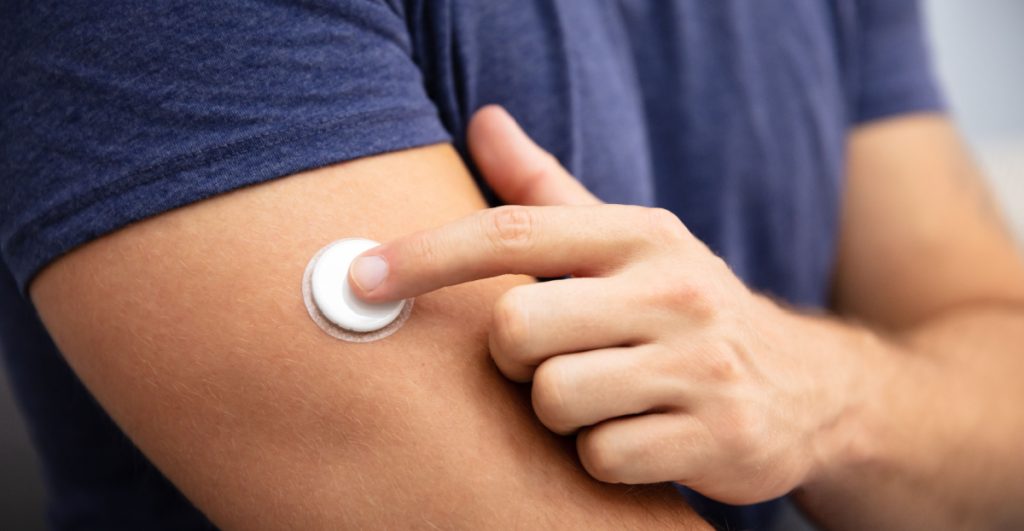The discreet device measures physiological signals and facial cues, offering promising applications for mental health, AI diagnostics, and nonverbal patients
Others are reading now
The discreet device measures physiological signals and facial cues, offering promising applications for mental health, AI diagnostics, and nonverbal patients
Concealing emotions is a normal part of life—but when it comes to mental health, honesty can be vital. Researchers at Pennsylvania State University have developed a flexible, skin-mounted device that reads hidden emotional states with remarkable accuracy by combining facial expression analysis and physiological monitoring. As reported by tech.wp.pl, the invention could transform emotional diagnostics across medical and therapeutic fields.
The device, described in the journal Nano Letters, is a thin, bandage-like sensor that attaches directly to the skin. It tracks metrics such as temperature, heart rate, humidity, and blood oxygen levels—all indicators tied to emotional states. According to Huanyu Cheng, lead researcher at Penn State, the breakthrough lies in how these signals are captured independently, reducing interference and improving overall accuracy.
Facial Expression Meets Physiology
What sets this sensor apart is its dual capability: it reads facial micro-expressions while simultaneously gathering data on the body’s internal reactions. This integrated approach allows for the differentiation between genuine and performed emotions, providing a clearer emotional profile. The device transmits real-time data to mobile platforms or cloud systems, enabling physicians to evaluate patients more thoroughly—especially in cases involving anxiety, depression, or psychological masking.
Also read
“This technology has the potential to help people who struggle with mental health and may not be fully honest with others—or even themselves,” co-author Yangbo Yuan said.
Made from layers of platinum and gold, and embedded with carbon nanotubes for humidity tracking, the device remains operational even under mechanical stress like bending or twisting. It was designed to be both durable and comfortable, according to co-author Libo Gao of Xiamen University.
Tested with AI and Real Emotions
Researchers trained an artificial intelligence model using 800 staged facial expressions from eight test subjects. Later, they validated the device’s performance during screenings of emotionally charged short films. The system identified actual emotional responses with 89% accuracy.
Beyond mood monitoring, Cheng envisions uses in dementia care, opioid overdose detection, nonverbal patient assessment, and even athletic performance tracking. Although still in the research phase, the device marks a significant leap forward in emotional diagnostics—bringing mental health monitoring closer to the precision and personalization seen in physical healthcare.


